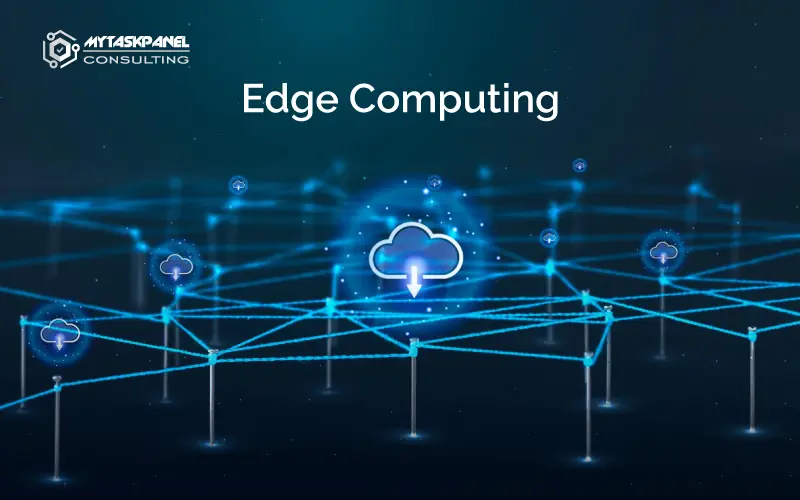In the world of technology, data processing and management have become fundamental to the success of businesses and the advancement of industries. However, as the amount of generated data continues to grow exponentially, traditional cloud computing systems face challenges in terms of latency, bandwidth, and security. This is where the concept of edge computing emerges, an emerging technology that seeks to overcome these limitations and enhance real-time data processing. In this article, we will explore its benefits and applications in various sectors.
What is Edge Computing?
Edge computing is a data processing paradigm that focuses on bringing computing power and storage closer to the source of data generation. Unlike traditional cloud computing, where data is processed on remote servers, edge computing brings processing to local devices and systems, such as routers, gateways, and IoT devices, located at the edge of the network. This allows for faster and more efficient data processing, as data does not have to travel long distances to remote data centers.
4 benefits of this technology
- Reduced latency. By processing data at the edge of the network, edge computing reduces latency by eliminating the need to send data over long distances to remote servers. This is crucial in real-time applications such as video processing, virtual and augmented reality, and industrial control systems.
- Optimized bandwidth. By processing data at the edge, the need to transmit large volumes of data to the cloud is reduced. This relieves network congestion and optimizes bandwidth, resulting in more efficient communication and overall better performance.
- Resilience and availability. It provides greater resilience and availability in the event of connectivity failures or issues with remote data centers. Edge devices can continue processing data and running applications even in the absence of internet connectivity or when the cloud is unavailable.
- Increased privacy and security. By keeping data in the local environment, edge computing provides a higher level of privacy and security. Sensitive data is not transmitted over public networks or the cloud, reducing the risk of security breaches and ensuring compliance with data protection regulations.
4 applications of Edge Computing
- Smart cities. In smart cities, edge computing facilitates real-time processing of data from distributed sensors. This aids in traffic management, monitoring air quality, waste management, and other applications that require quick and efficient responses.
- Internet of Things (IoT). Edge computing is pivotal for IoT, enabling local processing of data generated by IoT devices. This enhances efficiency and reduces reliance on cloud connectivity, particularly beneficial in environments where latency and availability are critical, such as in the manufacturing industry.
- Autonomous vehicles. It is also essential in the development of autonomous vehicles where real-time data processing is needed for critical decision-making in driving. By bringing computing power to the vehicle itself or nearby infrastructure, latency is reduced, and safety is improved.
- Healthcare. It finds applications in healthcare, allowing real-time data processing in wearable devices, patient monitors, and connected medical devices. This streamlines diagnosis, remote monitoring, and medical decision-making.
The future of this technology
Edge computing is quickly becoming an integral part of technological infrastructure, enabling faster, secure, and efficient data processing. With the increasing adoption of IoT, the deployment of 5G networks, and the demand for real-time applications, edge computing is expected to play an increasingly important role in the future.
As technology continues to evolve, it is essential to understand and fully leverage the potential of edge computing. Integrating systems and devices at the network edge can drive innovation, improve efficiency, and provide new opportunities for businesses and users across all sectors.
Edge computing is changing how we process and manage data. With its benefits of reduced latency, optimized bandwidth, enhanced privacy and security, as well as increased resilience and availability, it is paving the way for a more connected and efficient future. As it continues to evolve, this technology is expected to further revolutionize how we interact with data and harness its full potential.










